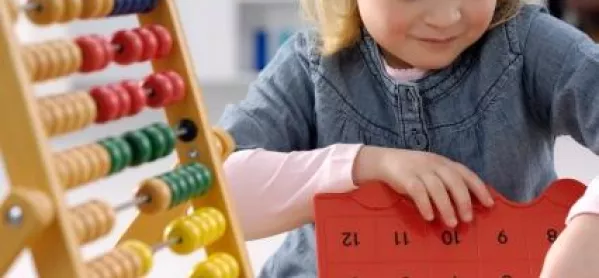The extent to which boys lag behind girls at writing in their first year of school has been revealed by a new analysis of five-year-olds’ achievements published by the Government.
Just 54 per cent of boys can “attempt writing for a variety of purposes” by the time they reach the end of reception - compared with 74 per cent of girls. And only 62 per cent have attained the lower goal of “holding a pencil and using it to form recognisable letters” - 78 per cent of girls can do this.
But there is some good news: 85 per cent of all children are already motivated and excited about learning, and 92 per cent can make friends - something early-years experts say is crucial.
Children are assessed on 13 nine-point scales. By the end of reception, they should be between points 4 and 8, with point 6 the minimum level for good achievement.
The statistics released this week show that the area in which most young children reach point 6 is counting 10 objects (91 per cent).
And boys do better than girls in just three of the 117 areas assessed: using construction toys; using ICT; and being able to add and subtract.
Bernadette Duffy, head of the Thomas Coram Children’s Centre in London and a leading early-years expert, said: “Reading, writing and maths are the tools but, if children don’t have the dispositions, they are not going to want to use them.
“I’m pleased so many children are showing a positive disposition to want to learn. It is a crucial part of what we do in early years.”
The assessment that teachers make at the end of the year in which children turn five is called the foundation stage profile.
There is not necessarily a straight progression up the scale. Some children may be assessed as having reached point 7, for example, without having reached point 6. For this reason, the official statistics - published each year in September - and the government targets are based on children achieving six points on the scale, rather than point 6.
This is the first time data showing the proportion of children reaching each scale point, rather than the number of points reached, has been published. Only 42 per cent of reception pupils are included and so the report is “experimental” rather than official.
The Department for Children, Schools and Families reveals in the report that this “unvalidated individual scale-point data” was used by Sir Jim Rose in his review of the primary curriculum, which considered whether two of the writing goals were too high. He concluded they were high but still obtainable by a significant number of children, and should be retained.
The foundation stage curriculum is due to be reviewed next year.




